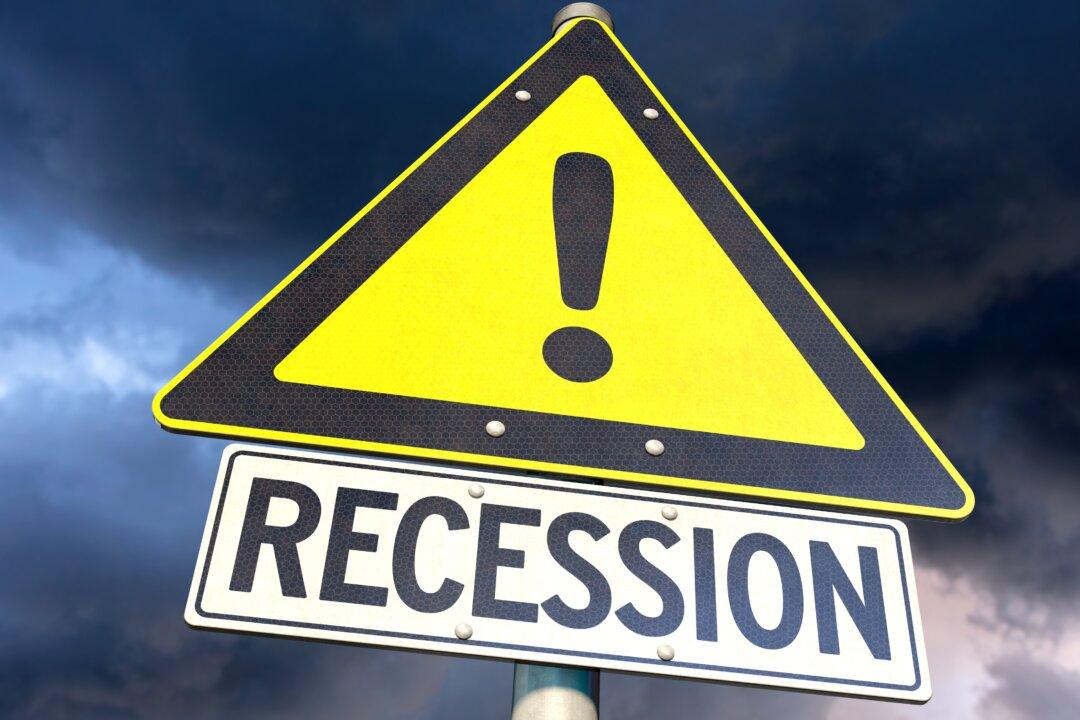Commentary
What “should” have happened last month to the Treasury curve did not. The Federal Reserve, as you know, is in a race with itself to fulfill what are almost certainly politically-driven directives. From the White House through the Halls of Congress, the need for someone somewhere to appear to be doing something about “inflation.”





